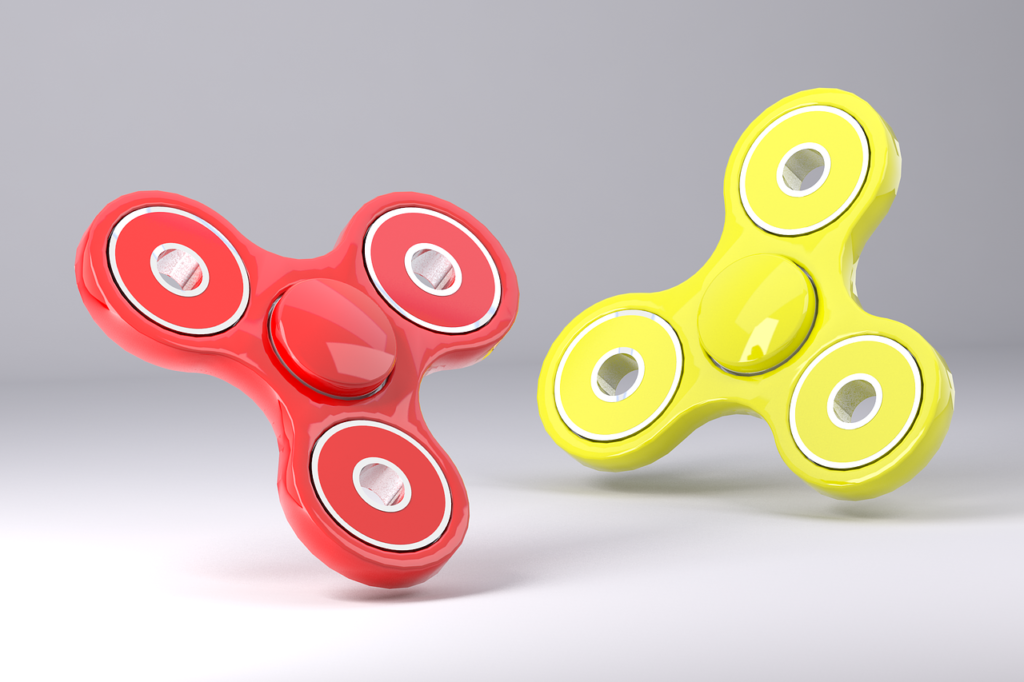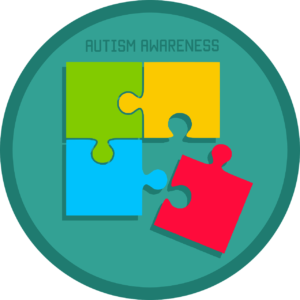Sensory Integration Disorder is a common symptom found in the Aspies where they fail to process sensory stimuli in the way normal people do. On top of this failure, some get hyperactive, irritated, or simply nervy.
A normal person would for instance:
- Filter out background sound when conversing with a person
- Process, organize, and act as per sensory stimuli they receive
- Pick the object of their choice
…while, an Aspie would not be able to do the tasks. And, sometimes they fail to keep themselves prim-n-proper, sit at a crowded place, or stand in a queue along with others.
To help kids control their emotions and reactions against sensory stimuli so that can perform day-to-day activity independently or study in a school Sensory Integration Disorder therapy is required.
Key things that one must remember are:
- Sensitivity in Aspie kids will not disappear, but kids could learn how to cope with them.
- It is not possible to resolve the issue by asking the kids to ignore the sensitivity problem.
Useful Therapy Tips to Handle Sensory Integration Disorder
There are many techniques used to help an Aspie child manage sensitivity against sensory stimuli. For instance:
- The exercise or study time of the child is increased.
- Background music is played.
- Child is enrolled for aromatherapy, massage therapy, etc.
- Personal coach is appointed to teach Aspie kids.
…And some other healing techniques are also used to treat Aspie kids who also have traits of autism and Attention Deficit Disorder. Top techniques are:
Applied Behavioral Analysis – Where it addresses small activities at one time. The steps include:
- Breaking a complex work into smaller steps
- Focusing on each step and addressing how each step was done
- Rewarding the child if it was done correctly
…The child is encouraged to break a job work into smaller steps so that cognitive and social behaviors can be developed.
Dialectical Behavior Technique – In this technique, kids with Borderline Personality Disorder are treated. The steps in this therapy would include:
- Teaching the child how to withstand emotional upheavals, frustrations, and conflicts
- Training the kid to cope with the external disturbance and sensory stimuli
Diary Writing – In writing a diary, the parents can monitor when, why, and what the child actually did during his frustrating moments or during situations when he was “acting out”.
Occupational Therapy – In this technique, the kids learn ways to:
- Develop their motor skills, such as practicing handwriting, lace-tying, or opening boxes.
- Decipher visual cues or auditory instructions and perform the necessary task.
- Develop their body orientations and space management through tools, such as camping pillows or pumping discs.



